I've had a few PM's requesting information about dropshotting, so I've decided to put this article together for the Fish-Hawk family.
I do not lay claim to being an expert at dropshotting. I have invested a lot of time the last 3 years experimenting and refining this tactic and I'll try to outline my approach to dropshotting for you. Remember, this is more about the system than what I use. Adjustments for each persons style, preferences and type of water body should be expected.
What is dropshotting? Without overcomplicating things, it is a type of bait delivery system; simply a hook attached to your line and a weight to take it down to the fish. This basic concept has been utilized in some manor since the dawn of time. Without a bit more clarification, Texas & Carolina rigs as well as split-shotting all fit into the basic description. All of these methods share the commonality that the weight is ahead of the hook, with the hook at the end of the line.
What sets dropshotting apart? The weight is at the end of the line and the hook is attached above the weight as this photo below illustrates.
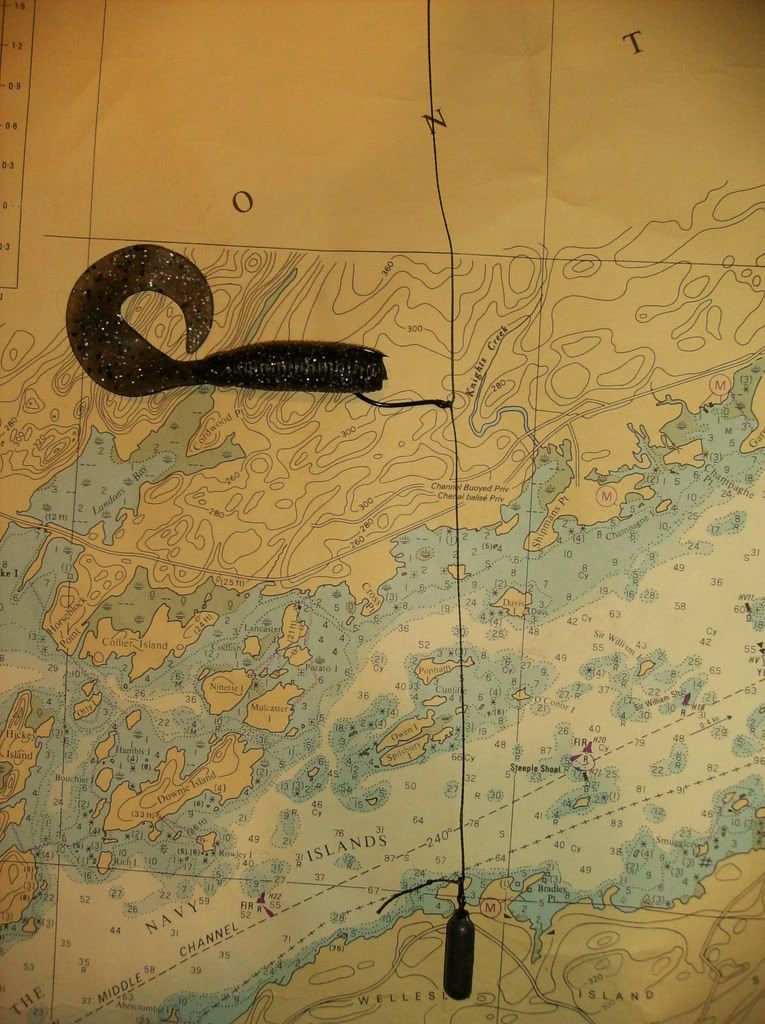
Your basic dropshot rig is a hook tied with a Palomar knot and a dropshot weight attached to the tag end of the line. It is very important that you use the Palomar knot to attach the hook to the line so the hook is positioned properly on your line. I hope the photos below will help.
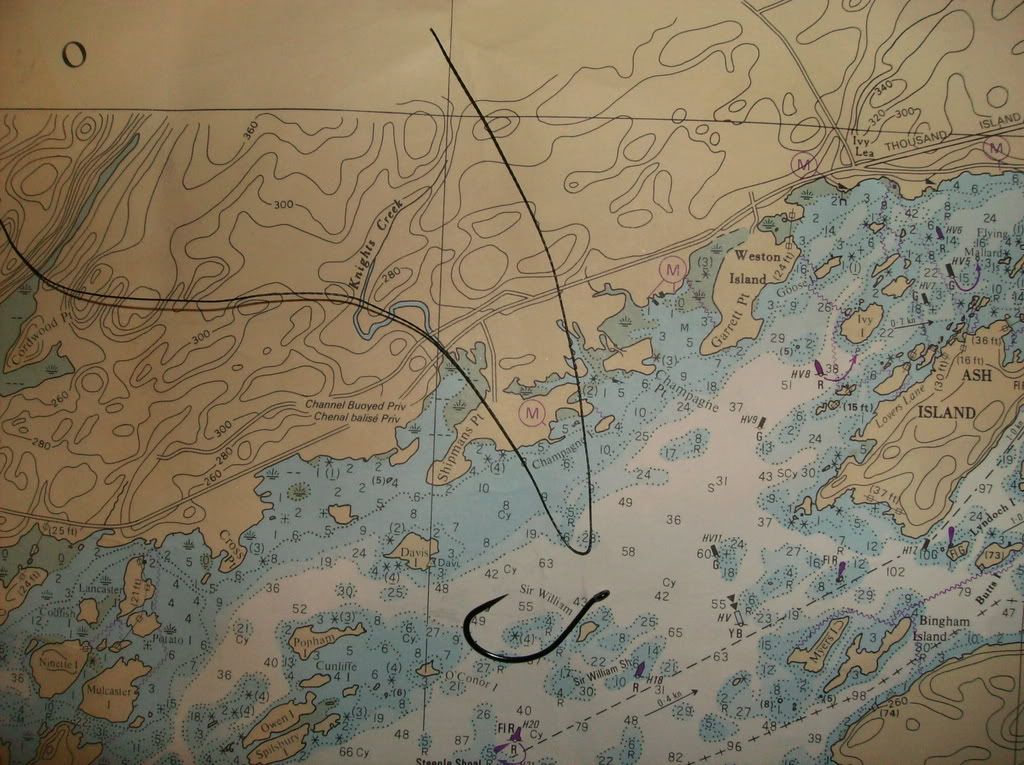
Step 1 Double over line.
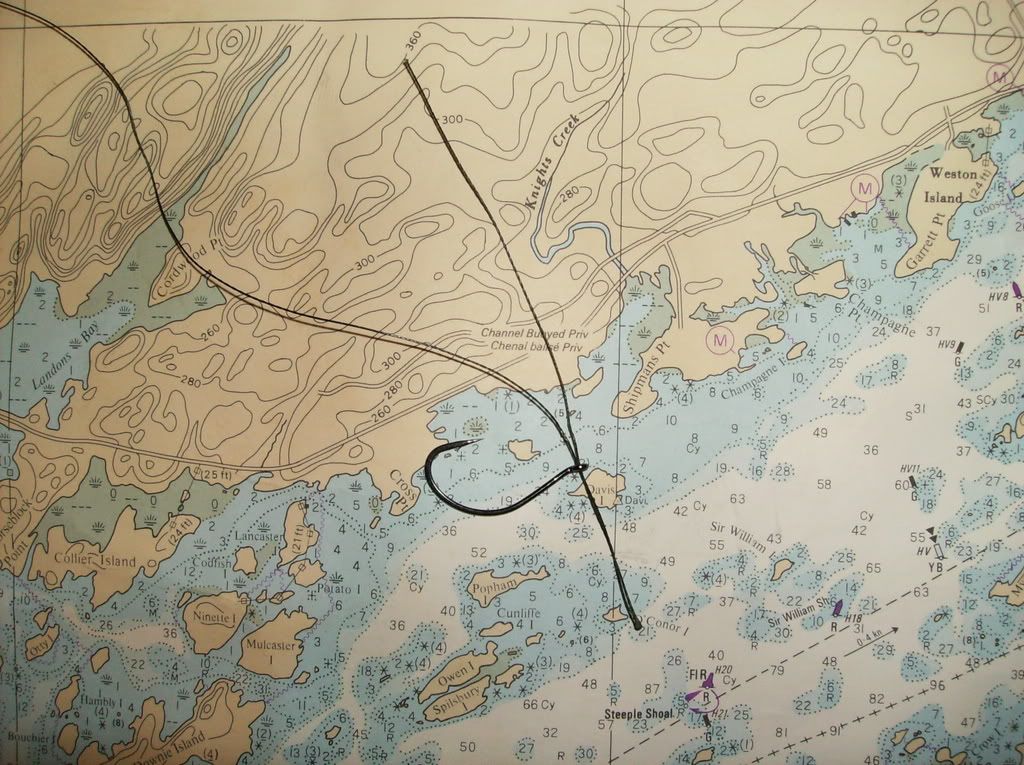
Step 2 Push doubled line through the hook eye in this direction.
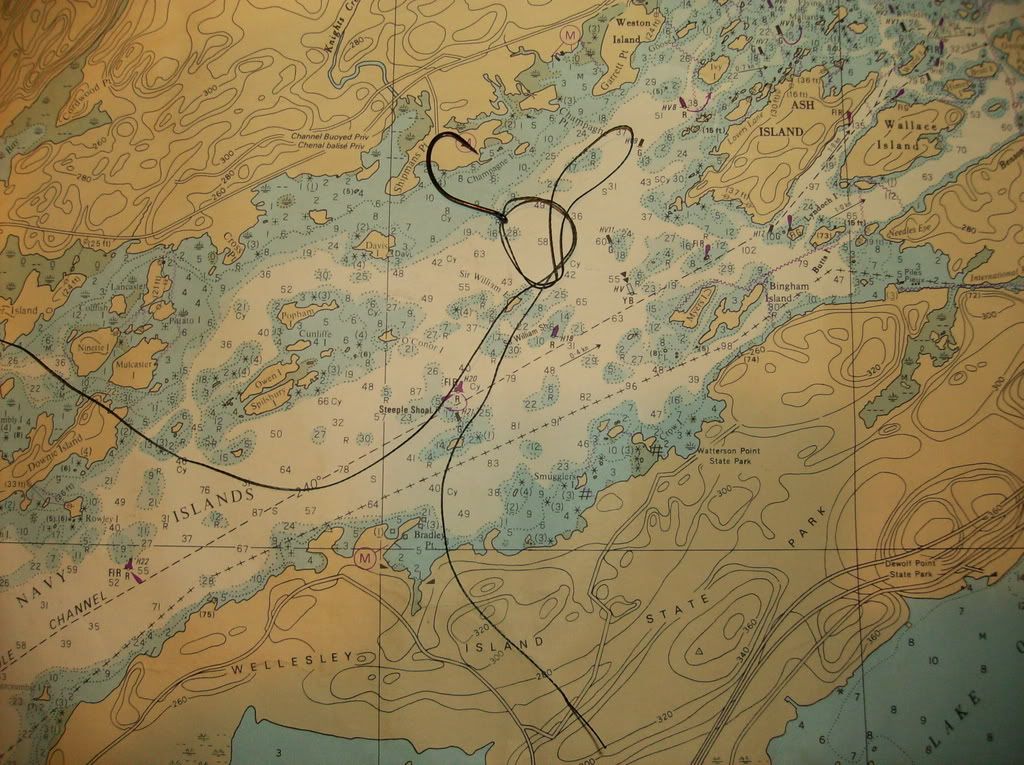
Step 3 Tie overhand knot.
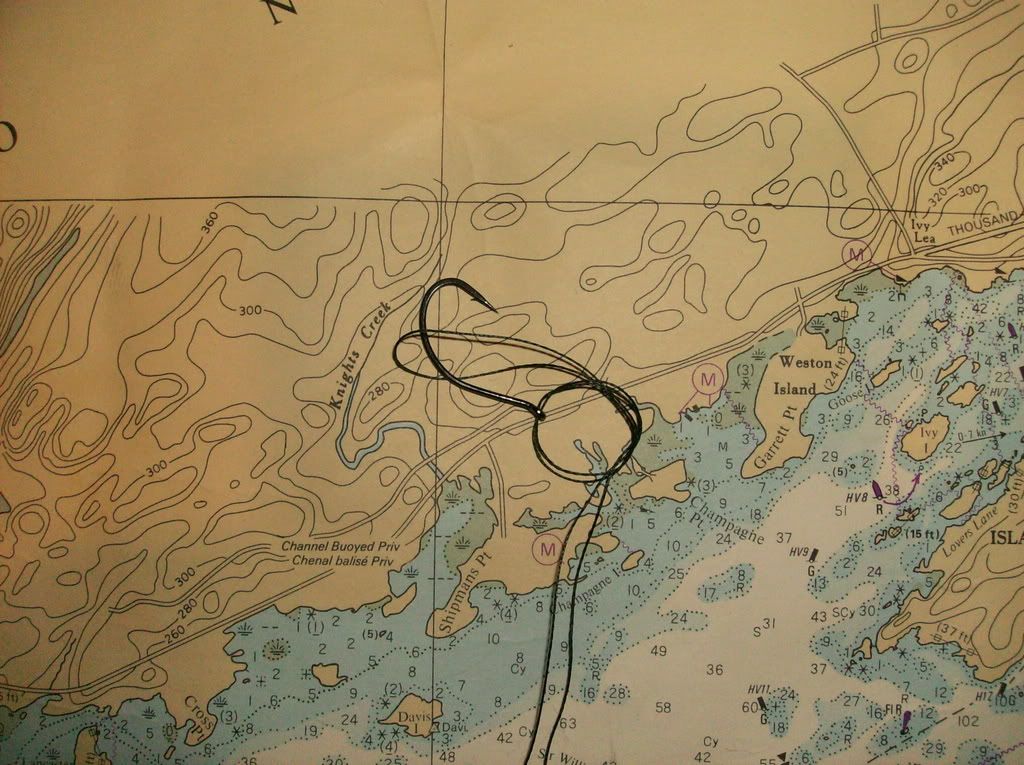
Step 4 Pull loop from overhand knot around the hook.
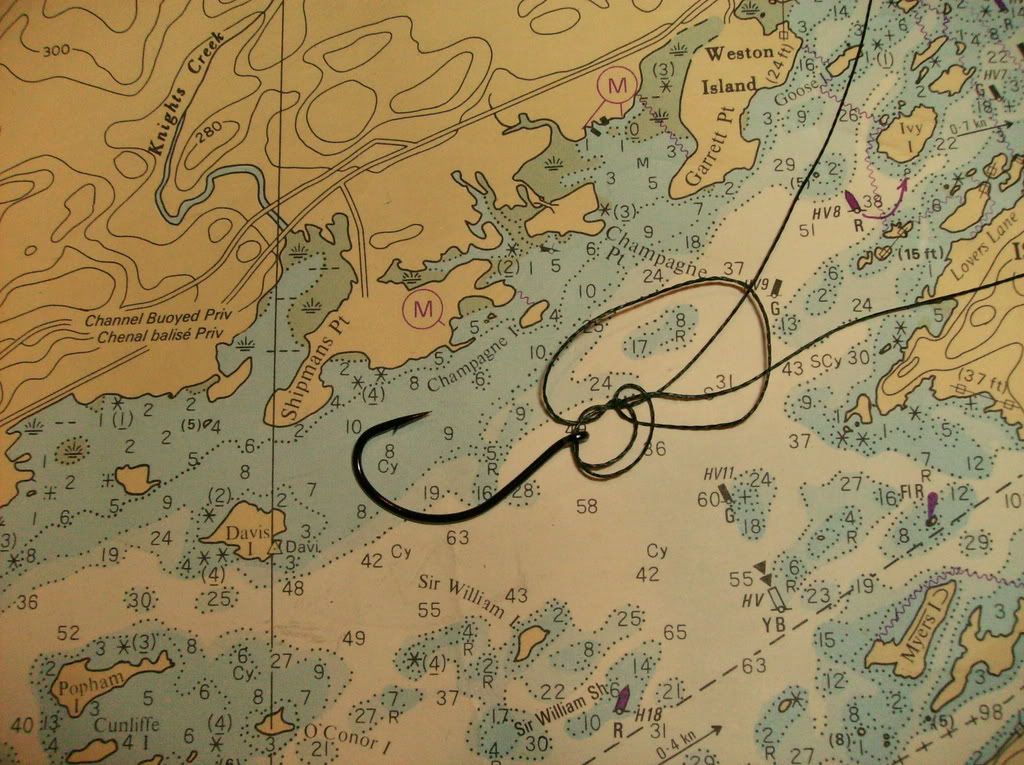
Step 5 Pull loop past overhand knot. Moisten line and draw tight.
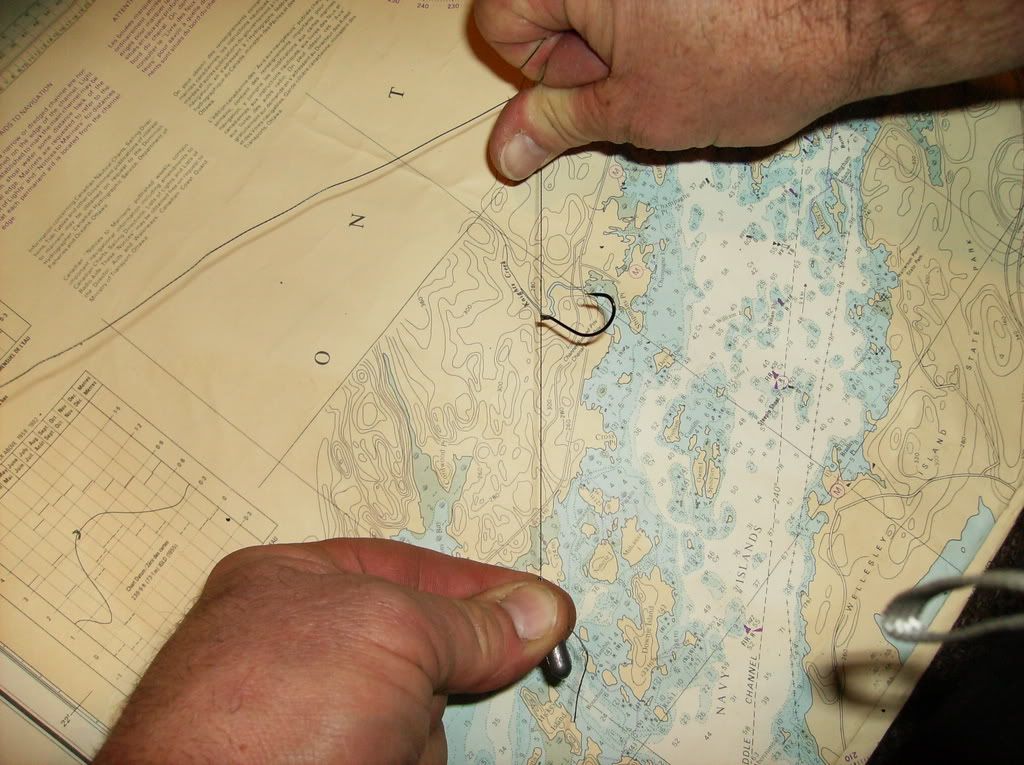
Finished knot. It's just that simple.
With a bit of practice you can tie the hook so the point is up every time.
Hooks. Hook manufacturer should be personal preference and the style of hook based on the size and shape of the bait being used.
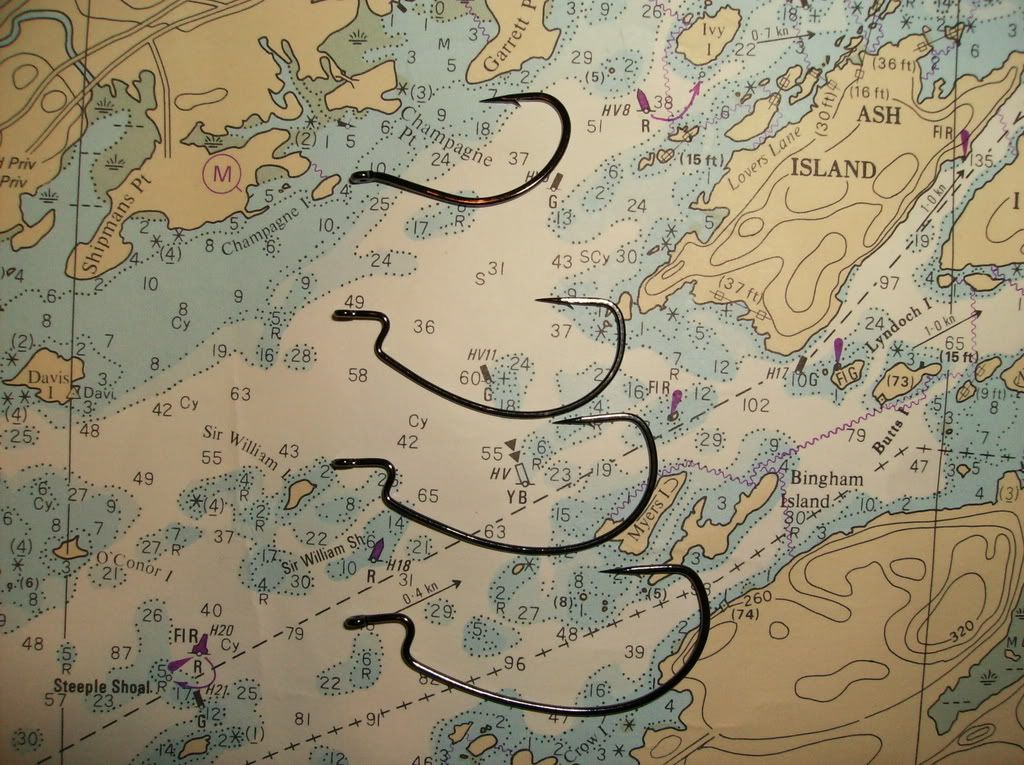
In the photo above the top hook is a 1/0 Gamakatsu splitshot & dropshot hook. This style hook lends itself well with nose hooking baits. This is my favorite hook. The next three hooks are Gamakatsu 2, 1& 1/0 wide gap hooks for various Texas or Tex-posed presentation styles.
Weights. The majority of weights fall into 2 shapes. The round or ball shaped weights and the cylindrical shaped finesse style weights made out of lead. For the environmentally conscious anglers there are tungsten weights available but be forewarned, they have a hefty price tag. I use the finesse weights because they come through rock a lot better than the round style dropshot weights. I try to use the lightest weight I can with the depth and conditions I'm faced with. I use from 3/16oz.in lakes all the way to 5/8oz in the St. Lawrence. Here is a tip. With the lighter weights of line such as 4, 6 & 8lb. I tie an overhand knot at the very end of the tag piece of line. This will help stop the weight from slipping off first time your weight gets snagged. From 10lb. and up I find line diameter to be thick enough to have the weight's swivel "bite into" the line and hold on firmly.
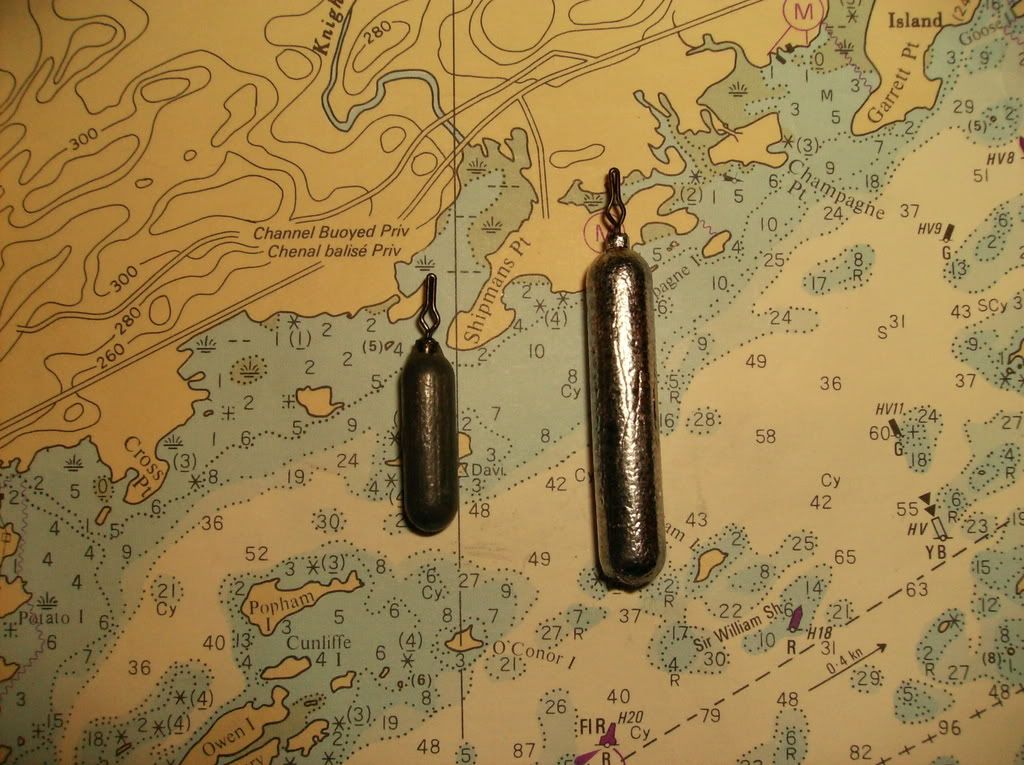
Fishing line. On my spinning rod I use either 6lb or 8lb line. I have used 4lb in the fall for smallies on deep rock. I have been using Cabalas Pro Line monofilament for years. I Tried some Cabalas No-Vis fluorocarbon in 8lb. test. I found the line to have the "jack-in-the-box" syndrome a bit too frequently for my liking. On opening the bail of my spinning reel I'd suddenly have 10-15ft. of line uncoiling from the reel. It is durable and sensitive, and this same brand line in 15lb test was excellent on my baitcaster and both weights made fantastic tippet for my Pro Line. I will try another brand of fluorocarbon for my spinning reel in the hope of getting something more spinning reel friendly.
Rods. This is really wide open with choices for the angler. You can use casting or spinning rods, however most dropshot rods tend to be spinning rods. Manufacturers that produce dropshot specific rods offer lengths around 7ft long with M/L, M & M/H actions and a fast tip. The point here is, I suspect that we already have a rod that will fit this description. For smallmouth and walleye I use a 6' 9" Bass Pro Shops ProLite XPS Finesse Spinning Rod with a M/L action with a BPS Enticer reel.
Casting gear for dropshotting. It took me a while to get things sorted out and find it's place, but it's place isn't with the lighter lines and weights.
Baits. For dropshotting smallmouth and walleye, with few exceptions I'm a grub fisherman. 5in. & 4in. single tail Yamamoto & Kinami grubs are my "go to" baits. I have used Yamamoto Pro Cut Senkos, 4in. Tiki Sticks, Z-too's and several other baits. I also like the Yum grub, which come in 3in. and 4in. offerings, but sadly not in 5in. I have some creature/beaver style baits I plan on trying this year.
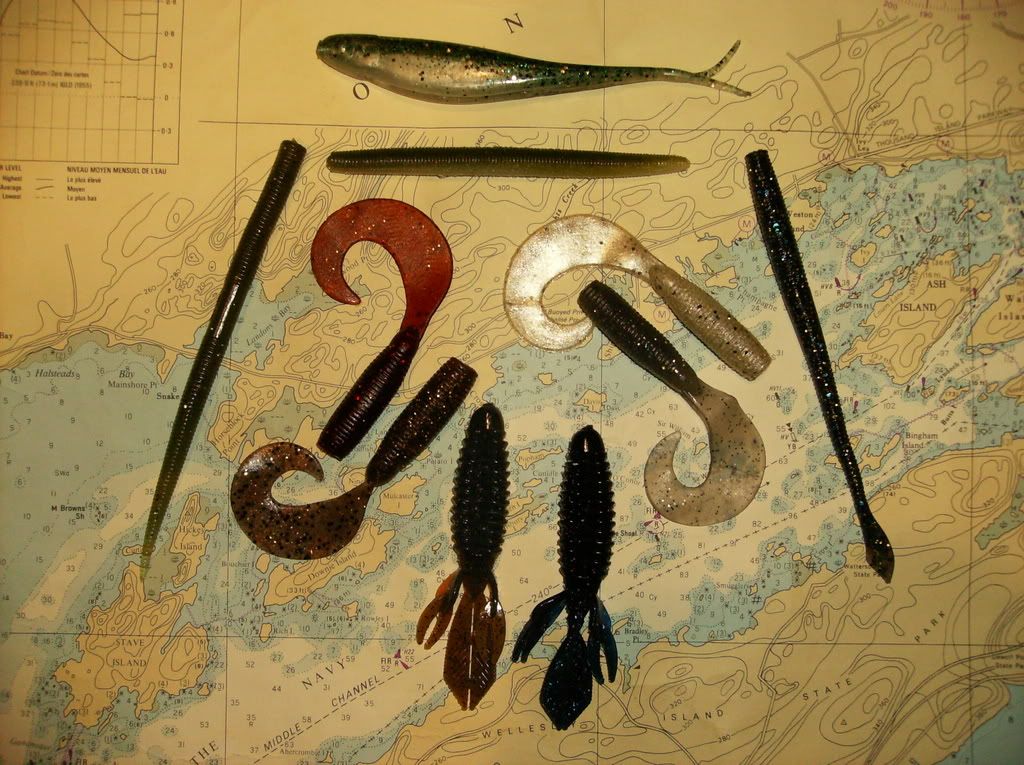
After you have made your bait selection lower it so it's just under the water. Spend a little "quality time" with your bait before you start to fish. This will give you an opportunity to see how your bait moves as it's hopped, left stationary, with various retrieve speeds and rod manipulations.
Presentation. Vertical or cast and retrieve? As I fish the dropshot rig, I tend to use a vertical presentation most times instead of the cast and retrieve presentation. That's me. Try both, but do what works best for you with the conditions and structure you are presented with. Just match the weight with the depth you are fishing and consider bottom content when making the length of the tag end.
It's not always about 6lb fluorocarbon and grubs. Most people associate dropshotting as a light line and small baits tactic for brown bass. This line of thought is reinforced by most articles and dropshotting episodes on TV fishing shows, but we know better 'cause we're Fish-Hawkers......right? Grab that senko rod or flippin' stick. Tie on a 5/0 hook and add a 5/8oz dropshot weight. Attach something like a big 4 1/2 or 5in. Beaver style bait, craw or 7in. senko and work some deep weedlines for big green bass...........tick!
DropShot'r





